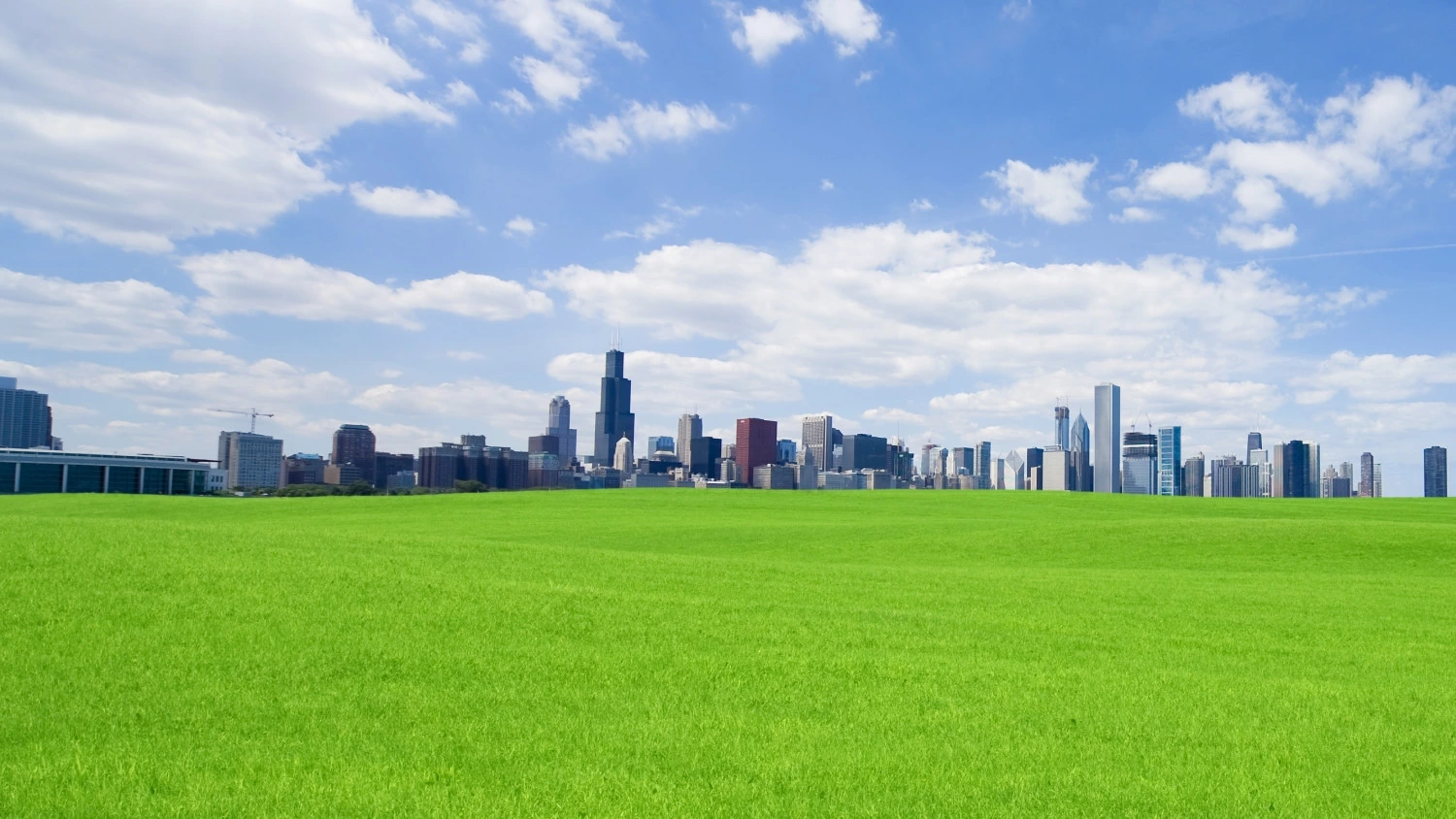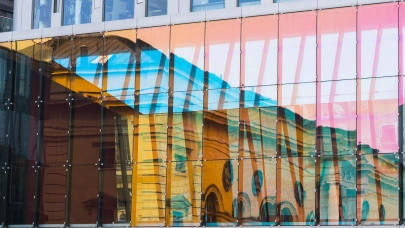
Since 2007, when the European Investment Bank (EIB) issued the world's first Climate Action Bond (CAB), green bonds have evolved from a marketing tool into one of the fastest-growing investment vehicles. This trend is also visible in the real estate market and is expected only to strengthen, according to Colliers.
According to the Climate Bond Initiative (CBI) report, the so-called sustainable debt reached $1.7 billion by the end of 2020. 2020 was a record year in terms of the value of issued instruments, which amounted to $700 billion, almost twice as much as the year before. While Green Bonds continue to be the dominant asset, investment in Social Bonds and broadly defined Sustainability Bonds issues are growing rapidly, reaching volumes higher than in all previous years combined. As a result, the total issuance in 2020 was more evenly distributed among Green, Social and Sustainability Bonds compared to previous periods.
Investments in the commercial real estate sector are motivated, on the one hand, by the growing awareness of climate risks, and on the other hand, by the desire to reduce investment risk and the increased focus on innovative buildings that care for the environment and employee comfort. The growing role of social, environmental and economic responsibility (ESG) in companies is also significant. ESG, understood as a business strategy that takes into account environmental and social aspects in the organisation's operations, has an increasing impact on decisions concerning the lease of space in buildings, as it contributes to the growth of the company’s competitiveness and creation of conditions for sustainable development.
“For several years, we have been observing an increase in demand for space in buildings certified in such standards as BREEAM or LEED. This is due to the increased concern of companies for the natural environment, as well as for the well-being of their employees. Today, a responsible approach to business on the part of both tenants and developers is not only an image effort, but a real commitment to sustainable development, which is confirmed by the growing number of certificates in Poland,” says Mariusz Mroczek, Director in the Corporate Finance department at Colliers.
According to the recent PSBE report "Green Building Certification in Numbers 2021", as in 2019, the number of certified buildings increased by 30% (255 new certifications) in 2020. Green certificates may result in increased interest of tenants and investors.
In Poland, actions in accordance with ESG criteria are undertaken by investors present in all commercial real estate sectors. The process started mainly among investors allocating capital in office buildings, but nowadays, the dynamically developing logistics sector places an equally strong emphasis on this aspect.
"Green" financing only for the best
Real estate owner funds, whose main task is to maintain the value of these assets are now increasingly publishing so-called non-financial reports to show the environmental impact of their buildings. This trend is visible mainly among large players with significant assets. For now, it is less noticeable among domestic investors, but everything seems to indicate that it will soon become the norm in Poland as well.
“I think that the vast majority of companies will publish non-financial reports in the near future. Thanks to this, it will be much easier for investors to compare investments and their impact on the environment, which will be reflected in the market price of the property. For now, however, there are not many such reports on the market. One of our clients is a real estate fund that has decided to prepare and publish an environmental report. Its portfolio includes older commercial buildings that do not require modernization at the moment. However, the company decided that showing its potential in a non-financial context would be a great advantage, both for landlords and potential investors,” says Mariusz Mroczek.
Banks and financing institutions also implement their ESG strategies, adapting them to their operations. In April 2021, 43 banks from 23 countries with assets above $28.5 became founding members of the UN's New Net-Zero Banking Alliance, committing to align their credit and investment portfolios to net-zero CO2 emissions by 2050 and setting mid-term targets for 2030. Banks' actions are particularly visible in the Green Bonds market - both as issuers and investors.
The German Berlin Hyp stands out among commercial real estate banks. The bank has been issuing green bonds for several years, and in April 2021 it became the first bank in the world to issue a Sustainability-Linked Bond (SLB), worth €500 million. This is the first instrument issued by a financial institution that directly links the cost of incurred debt with the issuer's achievement of the ESG target, namely a 40% reduction in the carbon footprint of the loan portfolio by 2030 compared to 2020.
“Since 2015, when we issued our first Green Bond, we are still the largest commercial bank issuer of this type of bond. Sustainable debt instruments continue to be of great interest to buyers. This is due to the ever-increasing role of sustainable policies among institutional investors as well as regulatory requirements introduced at the European Union level,” says Justyna Kędzierska-Klukowska, Head of Warsaw Office at Berlin Hyp.
The growing importance of modernization
Berlin Hyp is a mortgage bank focused on commercial real estate financing. One of the goals of the bank's strategy is to increase the share of green buildings in its loan portfolio to one third by the end of 2025. For such projects, the bank offers more favourable levels of margins, while the criteria for qualifying buildings as "green buildings" take into account the actual levels of energy demand and not just the mere fact of certification.
Compared to Western European countries, the Polish real estate market is very young, and the vast majority of buildings completed in recent years have been equipped with modern and energy-efficient technical solutions. Therefore, the modernization of already existing spaces is not a topical issue in Poland. Nevertheless, investors need to be prepared for the fact that this may change in a few years, when interest in those assets, and thus their value starts to decrease.
“Owners must ensure the modernization of their buildings, as it may turn out that commercial buildings that do not meet EU requirements, e.g. energy consumption, may significantly lose their value or be completely ignored in the process of making investment decisions by key players on the market,” says Justyna Kędzierska-Klukowska.
The requirements will only increase. The European Union action plan for a sustainable economy (the so-called European Green Deal) aims to enable the Union to become a climate-neutral area by 2050. It is one of the 6 EU priorities set out in the strategy for 2019-2024. The European Green Deal includes a roadmap for a more efficient use of resources through the transition to a clean, closed-loop economy, as well as tackling the loss of biodiversity and reducing the level of pollution. One of its elements is to increase the energy efficiency of buildings. As a result of tightening EU standards, investors will need to invest in existing buildings to make them competitive on the market.
Both Colliers and Berlin Hyp experts emphasize that it is worth investing in increasing the energy efficiency of buildings.
“Above all, it reduces operating costs. Tenants pay attention to this, especially in situations like a pandemic where costs are very important. It may happen that old buildings that do not meet the minimum market requirements remain empty,” says Mariusz Mroczek.
The second important aspect is sustainable investing.
“Local-only investors do not always see the need to invest in social and environmental responsibility. However, anyone wishing to enter the international arena must take these aspects into account, as they will be questioned about them,” says Justyna Kędzierska-Klukowska and adds: “It also seems that more and more players on the real estate market focus on sustainability not only out of necessity but also out of an inner conviction of the importance of these aspects. It is indeed a significant improvement”.



